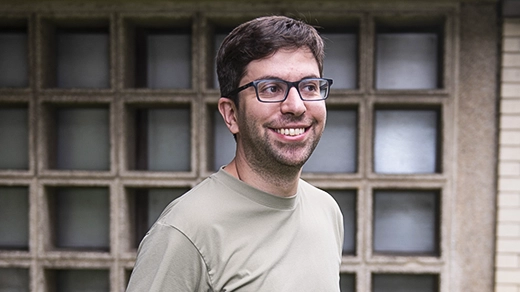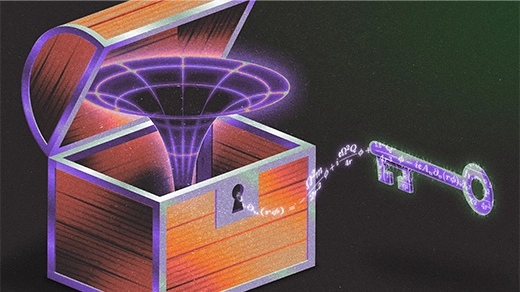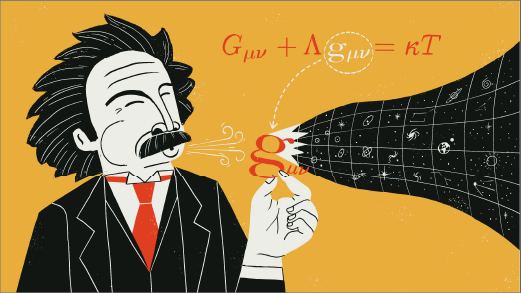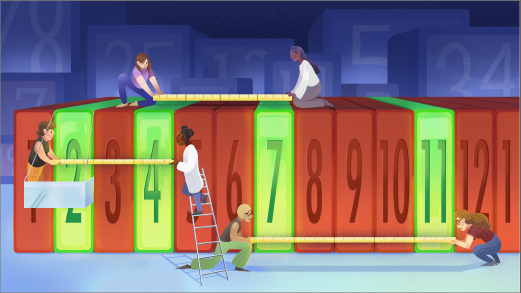What's up in
Mathematics
Latest Articles
Perplexing the Web, One Probability Puzzle at a Time
The mathematician Daniel Litt has driven social media users to distraction with a series of simple-seeming but counterintuitive probability puzzles.
Mathematicians Prove Hawking Wrong About the Most Extreme Black Holes
For decades, extremal black holes were considered mathematically impossible. A new proof reveals otherwise.
The Geometric Tool That Solved Einstein’s Relativity Problem
Tensors are used all over math and science to reveal hidden geometric truths. What are they?
Grad Students Find Inevitable Patterns in Big Sets of Numbers
A new proof marks the first progress in decades on a problem about how order emerges from disorder.
How Does Math Keep Secrets?
Cryptography is the thread that connects Julius Caesar, World War II and quantum computing, and it now lies under nearly every part of modern life. In this week’s episode, computer scientist Boaz Barak and co-host Janna Levin discuss the past and future of secrecy.
Monumental Proof Settles Geometric Langlands Conjecture
In work that has been 30 years in the making, mathematicians have proved a major part of a profound mathematical vision called the Langlands program.
What Are Sheaves?
These metaphorical gardens have become central objects in modern mathematics.
‘Sensational’ Proof Delivers New Insights Into Prime Numbers
The proof creates stricter limits on potential exceptions to the famous Riemann hypothesis.
How America’s Fastest Swimmers Use Math to Win Gold
Number theorist Ken Ono is teaching Olympians to swim more efficiently.








